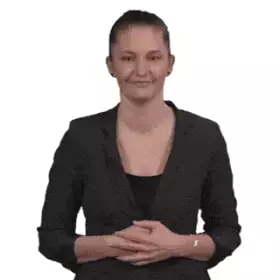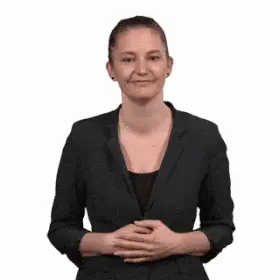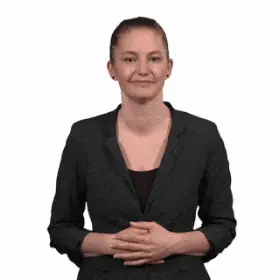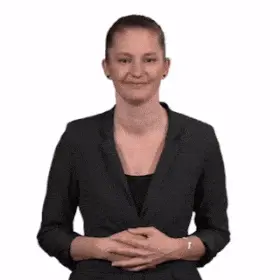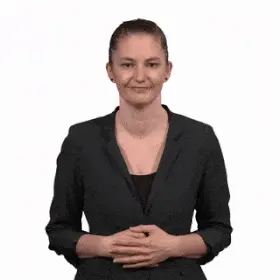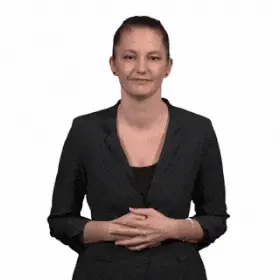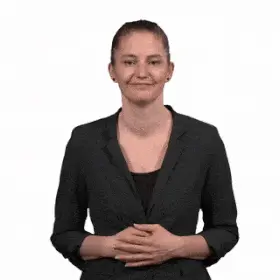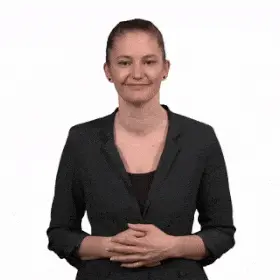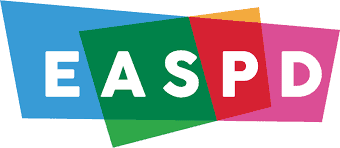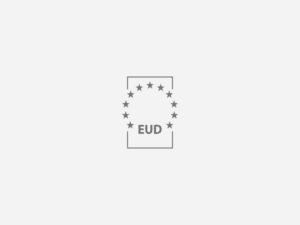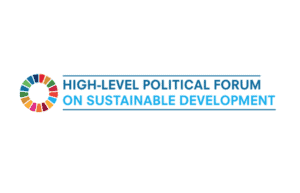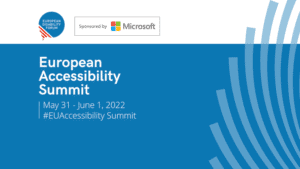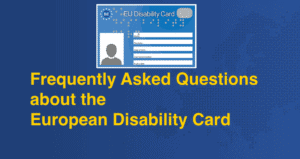Le 16th of September, EUD attended a webinar hosted by the European Association of Service Providers for Persons with Disabilities (EASPD), which was entitled ‘Helpful technology for persons with deafblindness’. The webinar aimed to guide participants through a creative process, showing how technology can turn from a problem into a solution for people with Deafblindness (i.e. people born with combined sight and hearing difficulties). This webinar was the fourth of seven events dedicated to assistive technologies for persons with disabilities.
Frank Katz, President of Deafblind International, argued that passion and vision are needed to connect and increase positive impacts for people with deafblindness and their families. Furthermore, Mr Katz highlighted the need to advance the communication rights outlined in the UNCRPD by facilitating the learning of braille and sign language and ensuring that education must be delivered in the language and communication mode that is most appropriate for the individual.
Another speaker was Mijkje Worm, a Psychologist at Bartiméus Expertise Centre Deafblindness, who presented a brief introduction of assistive technology and outlined the challenges that it poses for persons with deafblindness. Ms Worm explained that a lack of connection between users and developers, with little exchange of ideas or solutions, has stalled progress in this area. Ms Worm argued that there needs to be more transparent communication between technology companies and organisations representing deafblind, deaf and blind people. With this communication in place, more can be done to ensure that accessible assistive technology is available across the EU.
Eric van Heuvelen, an assistive technology specialist at Bartiméus FabLab, and Henrik Hildemar, an ICT teacher at Mogård, presented their personal experience of working with deafblind people and supporting them with technology. Both speakers cited an exponential increase in the range and quality of assistive technology over the past ten years. However, they noted that technology for deafblindness is usually responsive to the needs of the children as the situation arises rather than exploring the possibilities of what technology could do for deafblind children.
In conclusion, this event underlined the fact that deafblind individuals face multiple barriers, such as a lack of assistive technologies and access to information support services. This event was an informative event with many speakers whose perspective is intricate to understand the role of technology in ensuring inclusive education for deafblind children across the EU.
